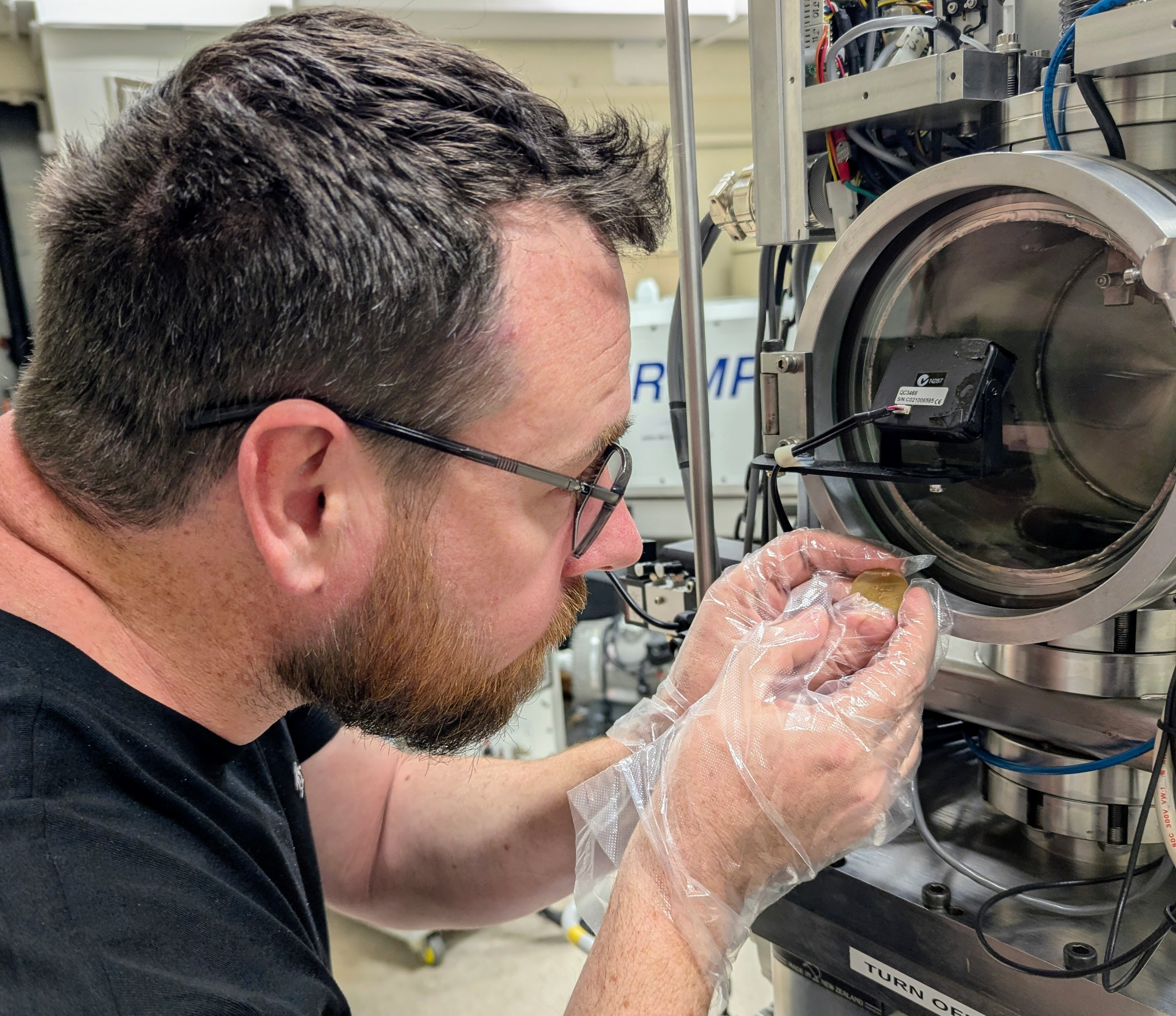The composition of crystals in volcanic rocks changes with their ages in ways that correlate with the Solar System’s movements around the Milky Way, scientists have reported. If the relationship is a real one, the findings would help us understand both our planet and our galaxy better, and prove a link between the two.
The Sun orbits the center of the Milky Way at around 240 kilometers (149 miles) per second. The spiral arms that give galaxies like our own their structure also rotate, but more slowly, at an estimated 210 kilometers (130 miles) per second at the Sun’s distance from the center. Consequently, the Sun sometimes catches up with a spiral arm and passes through it. We don’t know enough about the galactic structure to identify the timing of each of these passages perfectly, but astronomers think they know when some of them have occurred.
Some scientists have attempted to link these passages to past extinction events, but Professor Chris Kirkland of Curtin University told IFLScience this remains “very controversial”. With complex life having existed for perhaps a fifth of the time since the Earth formed, there isn’t a great sample size to go on, so Kirkland and Dr Phil Sutton of the University of Lincoln turned to zircons instead.
Zircons form from cooling magma, and are one of geologists’ favorite tools because the quantities of lead and uranium inside reveal their ages. In addition, Kirkland explained the oxygen isotopes in zircons vary depending on whether they formed near the surface of the planet or deeper inside.
Kirkland and Sutton found that isotope ratios in a large sample indicate periods when zircons were produced at a greater mix of depths, indicating something powerful was bringing zircons formed at depth to the surface. This, they argue, was probably triggered by an increase in impacts from space, caused by comets hitting the Earth’s surface.
“By looking at chemical changes in zircon crystals and comparing them with maps of gas in the Milky Way, we saw the changes line up with times that our Solar System passed through the galaxy’s spiral arms, which are densely packed with stars and gas,” Kirkland said in a statement.
A number of processes could cause more comets to strike when the Solar System passes through a galactic arm. The one considered most likely, Kirkland told IFLScience, is called “stellar flybys”. This involves the Sun passing close enough to another star that its neighbor’s gravity flicks some Oort cloud comets out of the Sun’s gravitational well entirely, but sends others into the inner Solar System. In this scenario, a few of these diverted comets plough into planets and their greater speed means their impacts are more disruptive than asteroids of similar mass.
We are not sitting in the void, we are connected to the wider cosmos.
Professor Chris Kirkland
Theoretically, such an increased bombardment might also be detected through clustering of dates of impact craters. However, Kirkland and Sutton note, oceanic crust is replaced too frequently to provide a record over such a span of time. Erosion on the continents cuts the sample size down enough that it’s not surprising a pattern is hard to detect.
To confirm the cycles in zircon production have an external cause, rather than some terrestrial cycle, we really need to know if the Moon and other planets show a similar pattern. The authors argue rocks returned by the Apollo missions weakly support their case, but the sample isn’t big enough to be conclusive. Kirkland told IFLScience a return to the Moon could change that, as might samples collected from Mars.
Part of the galaxy is invisible to us because the crowded center cuts off our view. Similar galaxies display either four or two-arm structures, and there remains debate as to which the Milky Way has, although most astronomers favor the four-arm view. If the link Kirkland and Sutton think they have found is real, it could help us fill in the gaps.
“Our research reveals that Earth’s geological evolution cannot be understood in isolation from the broader galactic environment,” Professor Kirkland said.
In that case, Kirkland told IFLScience: “We are not sitting in the void, we are connected to the wider cosmos.”

You wouldn’t think that analysis like this of tiny crystals in Earth rocks would be how we would solve the structure of the galaxy, but it might prove true.
Image credit: CL Kirkland
“Physically we have taken crystals, and separated them with tweezers from rocks, hit them with an ion bean to get individual electrons and then gone back the other way from the scale of microns to the Milky Way,” Kirkland continued. “I think that is quite profound, it’s what gets me up in the morning.”
The study is published in Physical Review Research.
Source Link: Earth’s Passage Through The Galaxy Might Be Written In Its Rocks